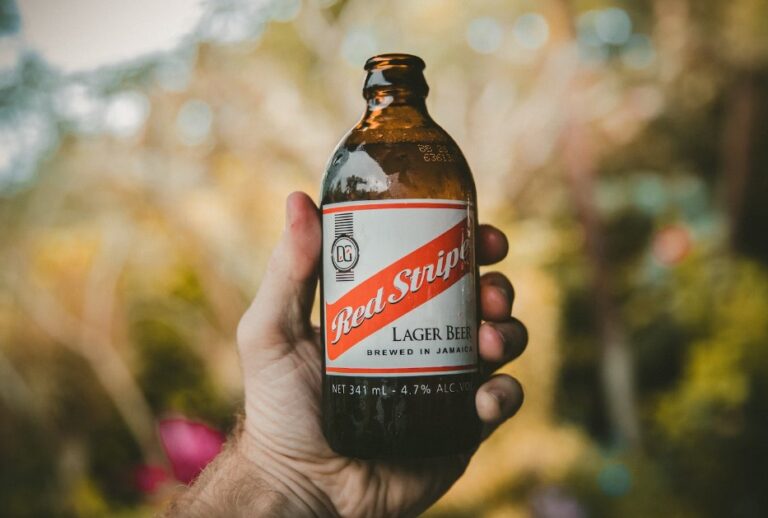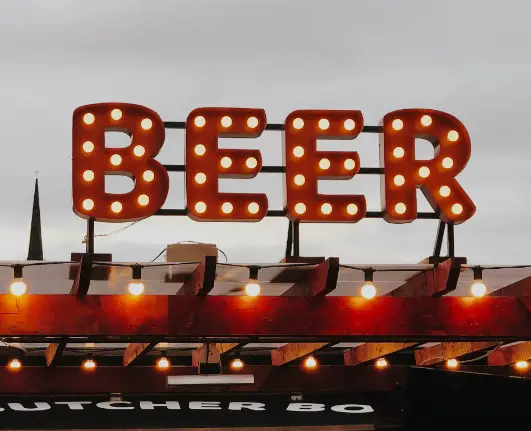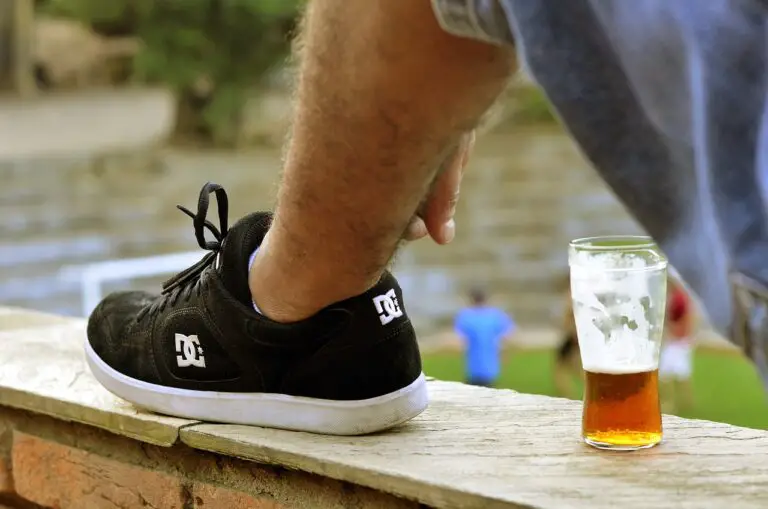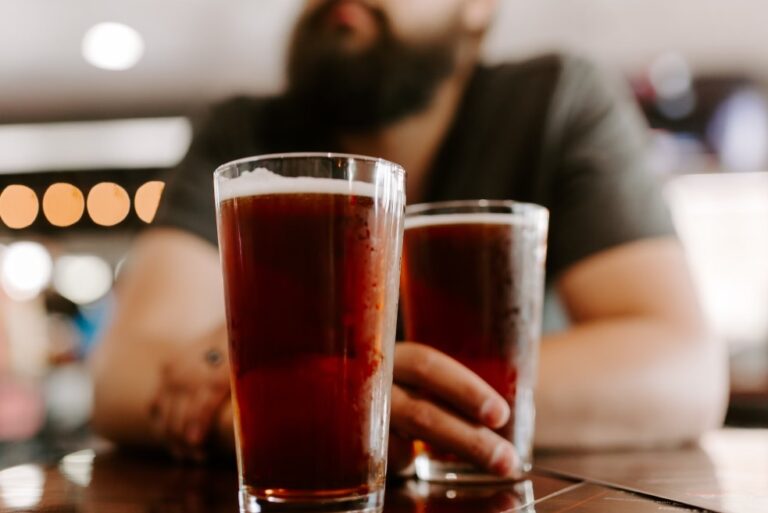What Beer Has Weed Killer In It?
This is a weird question, right? Beer as a weed killer? Are you serious?
Well, let’s try to answer the question: What beer has weed killer in it? Does beer even have weed killer? Can beer kill weeds? Can beer kill bugs?
Glyphosate – that’s the chemical compound that created so many controversies. There have been concerns and debates about the potential presence of the weed killer glyphosate in some beers.
Glyphosate is a commonly used herbicide in agriculture. However, it’s essential to note that the idea of beer containing significant levels of glyphosate is not necessarily supported by reliable and widespread scientific evidence.
While trace amounts of glyphosate might be detected in some beers due to agricultural practices, they are typically well below the safety limits set by regulatory agencies. So, while the topic has sparked some discussion, it’s not accurate to claim that “beer has weed killer in it” in a way that poses significant health risks. But let’s delve deeper and see everything about weed killer and beer.

What Is Glyphosate? What’s the Link Between Glyphosate and Beer?
Glyphosate, often known by its chemical formula C3H8NO5P, is a widely used herbicide in agriculture. It’s popular for its effectiveness in killing a broad spectrum of weeds and plants, making it a valuable tool for weed control. Farmers use glyphosate to manage weeds in various crops, such as soybeans, corn, and wheat, as it helps improve crop yields by reducing weed competition.
Glyphosate’s popularity in agriculture stems from its ability to be applied directly to crops without harming them, as it targets a specific enzyme found in plants but not in animals. This makes it a favored choice among farmers for its safety and effectiveness.
However, due to its widespread agricultural use, concerns have arisen about glyphosate residues in food and beverages. Trace amounts of glyphosate have been detected in some food items and beverages, including beer. The presence of these residues is typically within regulatory limits, which are established to ensure safety.
Legal restrictions on glyphosate vary by country, but many have set maximum residue limits (MRLs) to ensure that glyphosate residues in food and beverages remain at safe levels. The frequency of glyphosate use depends on the farming practices and crops grown in a particular region. It has become more prevalent in modern agriculture due to the adoption of glyphosate-resistant genetically modified crops.
Glyphosate has been used in agriculture for several decades, gaining popularity in the 1970s and 1980s. Its long history of use has contributed to the ongoing discussions and research regarding its potential impacts on the environment and human health.
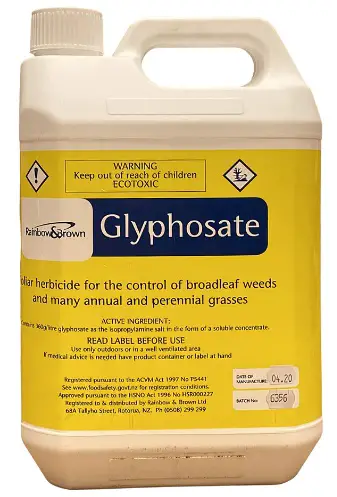
Beer and Glyphosate – What’s the Story?
Beer and glyphosate have been a topic of discussion due to concerns about whether glyphosate can enter beer during the brewing process. Glyphosate can potentially enter beer production in a few ways:
- Water Source: One common way glyphosate can enter beer production is through the water source used in brewing. If the water source is contaminated with glyphosate residues, it can carry over into the beer. This contamination can occur due to agricultural runoff or nearby glyphosate applications.
- Barley and Hops: Glyphosate can also enter beer when barley and hops, key ingredients in beer production, are grown in areas where glyphosate is heavily used. Residues from glyphosate applications in these fields can make their way into the raw materials used for brewing.
- Cleaning and Sanitizing: Glyphosate contamination can occur if equipment used in brewing is not adequately cleaned and sanitized. If the equipment was previously used in agricultural settings where glyphosate was applied, traces of the herbicide may still be present and can transfer to the beer.
There have been some instances where beer has been found to contain trace amounts of glyphosate. However, it’s important to note that these levels are typically quite low and well below safety limits established by regulatory agencies. While the presence of glyphosate in beer has raised concerns, it’s generally not considered a significant health risk for consumers.
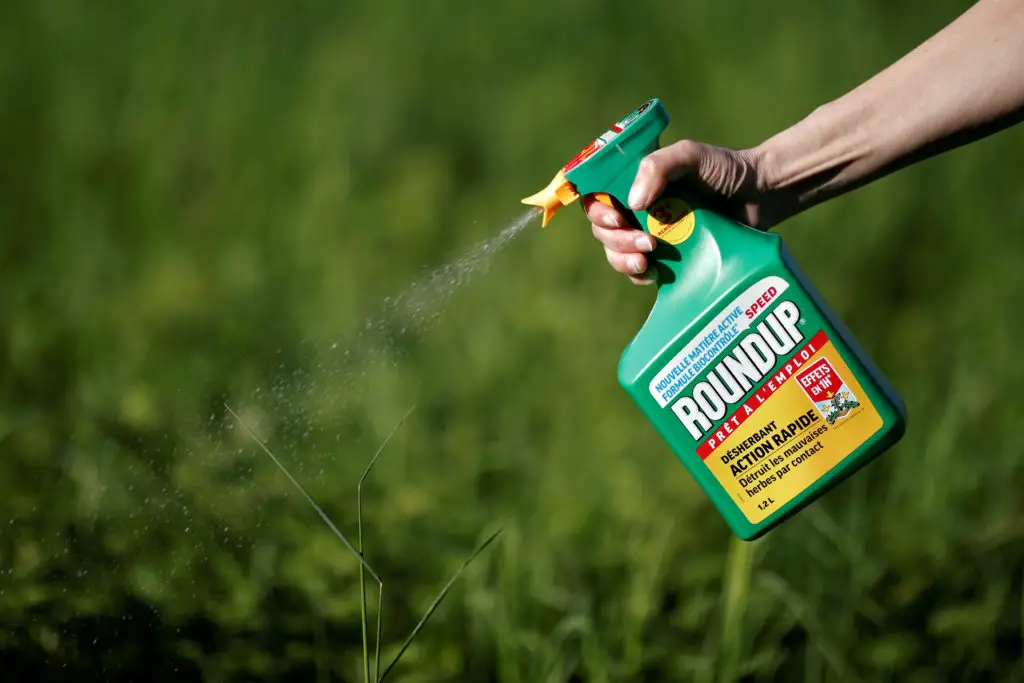
Glyphosate and Health Risks
Glyphosate has been the subject of debate regarding potential health risks. Here’s a straightforward breakdown:
Health Risks
Glyphosate exposure has been linked to some health concerns, primarily based on animal studies and observational data. These include associations with certain types of cancer, such as non-Hodgkin lymphoma, and potential impacts on the endocrine system and reproductive health. However, the evidence isn’t entirely conclusive, and ongoing scientific discussion exists on the subject.
Regulatory Limits and Safety Standards (in the United States)
In the United States, the Environmental Protection Agency (EPA) sets regulatory limits for glyphosate residues in various foods, including grains and beverages. These limits, known as Maximum Residue Limits (MRLs), are established to ensure that glyphosate levels in food and beverages remain well below what is considered safe for human consumption.
Research
The safety of glyphosate continues to be a topic of extensive research. Various studies are conducted to assess its potential health impacts. While some studies suggest possible concerns, others find no significant risk associated with typical glyphosate exposure levels. This ongoing research contributes to the ongoing debate about its safety.
Safety Assessment
Glyphosate is considered safe for use in accordance with established regulatory limits when used as directed. However, following any updates in scientific research and regulatory standards is essential to stay informed about the latest findings and recommendations.
Where and When Did the Controversy of Glyphosate and Beer Popped Up?
The controversy surrounding glyphosate in beer started gaining attention in the early 2010s, though it became more prominent in the following years. Here’s a brief overview:
Origins: Concerns began when various studies and investigations detected trace amounts of glyphosate in some beer samples. These findings raised questions about how glyphosate was entering the brewing process.
Implicated Beers and Brands: Some reports pointed to specific beer brands allegedly containing glyphosate residues. However, it’s important to note that not all beer brands were implicated, and the presence of glyphosate was not uniform across the industry.
Consumer Reactions and Concerns: Consumers reacted with varying levels of concern. Some individuals became worried about potential health risks associated with consuming glyphosate, while others were more skeptical, questioning the significance of the detected levels and their impact on health. It prompted discussions about the need for transparency and better labeling of potential contaminants in food and beverages.
Industry Response: The beer industry responded to the glyphosate controversy by emphasizing quality control measures and testing to ensure product safety. Some breweries committed to using raw materials sourced from glyphosate-free regions or adopting organic practices to mitigate potential contamination. Additionally, industry associations and regulatory agencies monitored the situation and enforced safety standards to address any issues.
Wrapping It Up
In conclusion, while there have been concerns and debates about glyphosate, a weed killer, potentially entering the brewing process and ending up in some beers, it’s important to clarify that the presence of glyphosate in beer is generally at very low levels and well within established safety standards. Regulatory agencies, such as the EPA in the United States, set maximum residue limits to ensure that glyphosate residues in food and beverages remain safe for consumption. While the topic may have sparked some discussions and prompted industry responses to ensure product safety, the consensus is that enjoying a cold beer is still a safe and enjoyable pastime for most consumers.

I am a young architect with a passion that goes beyond blueprints… it’s beer! undertherosebrewing.com is more than just a blog, it’s a manifestation of my lifelong dream to explore, read, and learn everything about beer. Join the blog on this unfiltered and genuine adventure into the heart of beer culture. Cheers!
